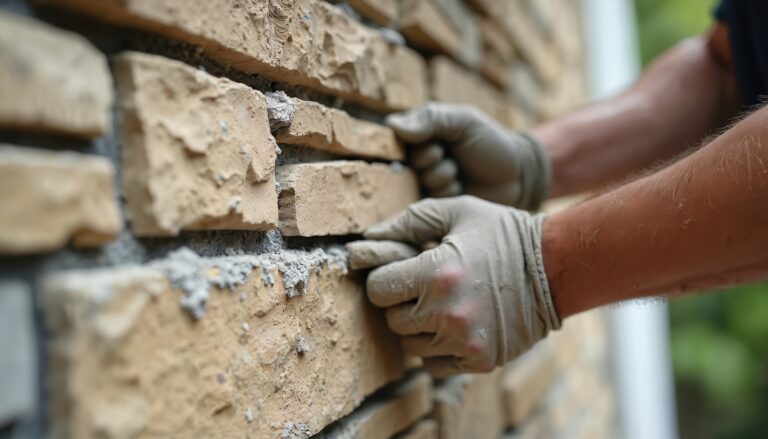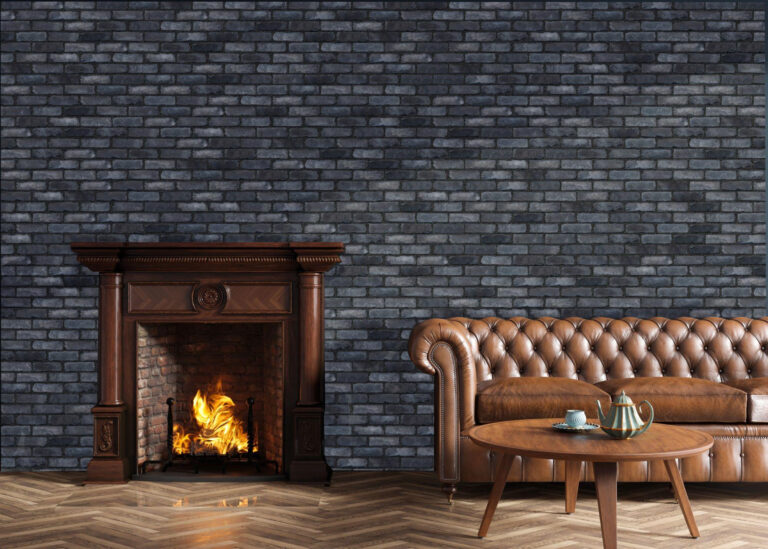How to Estimate a Masonry Job With Manufactured Stone Veneer
Putting together a successful quote isn’t just a matter of dollars and cents. Having the lowest cost estimate is obviously a major factor when customers are considering their options for a home or business renovation, but part of it is a matter of feel.

Table of Contents
Table of Contents
Introduction
Putting together a successful quote isn’t just a matter of dollars and cents. Having the lowest cost estimate is obviously a major factor when customers are considering their options for a home or business renovation, but part of it is a matter of feel.
Do they feel you can deliver on time and budget? Do they feel the work will be top notch? Do they feel you understand what they’re looking for?
These are all things you can influence with the effort you put into your quote. Below are five rules of thumb that every mason should consider while putting together quote packages.
Prompt Response
Slow and steady won’t win the race for a masonry job. When a customer reaches out for a quote, you should act as if competing contractors are waiting in the wings, because they probably are. Your quote doesn’t necessarily have to be the cheapest of the bunch, but it should be accurate and prompt.
“We find that most of the time, the first person to get back with what’s perceived as a reasonable quote wins the job,” said Instone Chief Operating Officer Rob McKay. “Getting your quotes turned around quickly increases your odds of getting a job exponentially.”
What to Know Before Cleaning
Before starting, it’s essential to understand that not all stone veneers are the same. The characteristics of the stone can vary greatly depending on factors such as the type of aggregate used and the colors added. While MSV is generally durable, some types can handle more aggressive cleaning methods, while others may suffer from color loss due to harsh chemicals or high-pressure washers.
Get on the Same Page
If you open the lines of communication with a potential customer from the start, it will help you develop quotes that will both secure the job and hold up accurately. Ask as many questions as you need to get the clearest sense possible of what success will look like to the customer.
A homeowner who wants you to install a Toro Stone thin brick throughout their living room might also be expecting you to clad over their fireplace, which may not be an obvious need. Getting that squared away at the beginning can help you avoid change orders, disputes or extra work to come.

Professional Presentation
Masons aren’t professional graphic artists, but they are artists. If you put a sample of the pride you put in your stone work into the design of your quote packages, it could help you secure the job. Develop a professional-looking template with an attractive cover and include a few images, when possible, to help the client get a clear understanding of the project.
Toro’s Visualizer Tool can help. If you upload a photo of the home or project area, the Visualizer can create an instant simulation of what it would look like with their favorite Toro Stone veneer applied.
“If you can demonstrate for a homeowner what their home is going to look like once it’s completed, that will definitely set you apart from other people trying to quote that job,” McKay said.
Thorough Calculation
Customers always appreciate a clear and detailed breakdown of the project costs. This should include concise estimates of the labor and materials as well as a timeline for the job’s completion.
At Toro, we put together a stone calculator to help you identify how much stone material you may need for a project.
A common mistake for do-it-yourselfers is to underestimate the amount of waste product that will be needed to complete a job. But even seasoned professionals sometimes get so focused on the main materials, whether they be veneer, tile or flooring, that they lose sight of the ancillary costs.
“There are a lot of needs to get the project right, whether it be backerboard, mortar, or any tools you may have to purchase,” McKay said. “Having a full understanding of all the parts and pieces you’re going to need to complete that job is very important.”
Get it Right the First Time
In an ideal scenario, a quote should accurately predict the future. No one wants to return to a job site to spend unpaid hours re-doing work that was guaranteed.
Scope out the job site carefully in advance and give some thought to which types of materials would hold up best in that specific environment. Steps like applying the right type of mortar, using rain screens in an outdoor application, and taking proper moisture management measures will make sure that wall is built healthy and stays dry.

Stay Ahead of the Curve with Toro Stone
More than just a product line, Toro Stone wants to serve as an informational resource that helps masons succeed in all of their projects. Through its communications materials and customer service, the Toro team can be counted on for information on best practices for installation and materials.
“At Toro, we support the evolution of masonry and embrace new and emerging methods to ensure your work is at the highest level,” McKay said. “We want to support the masonry community in installing products that can literally stand the test of time.”
Contact us today for any resources you need to put together a winning quote package with Toro Stone.








